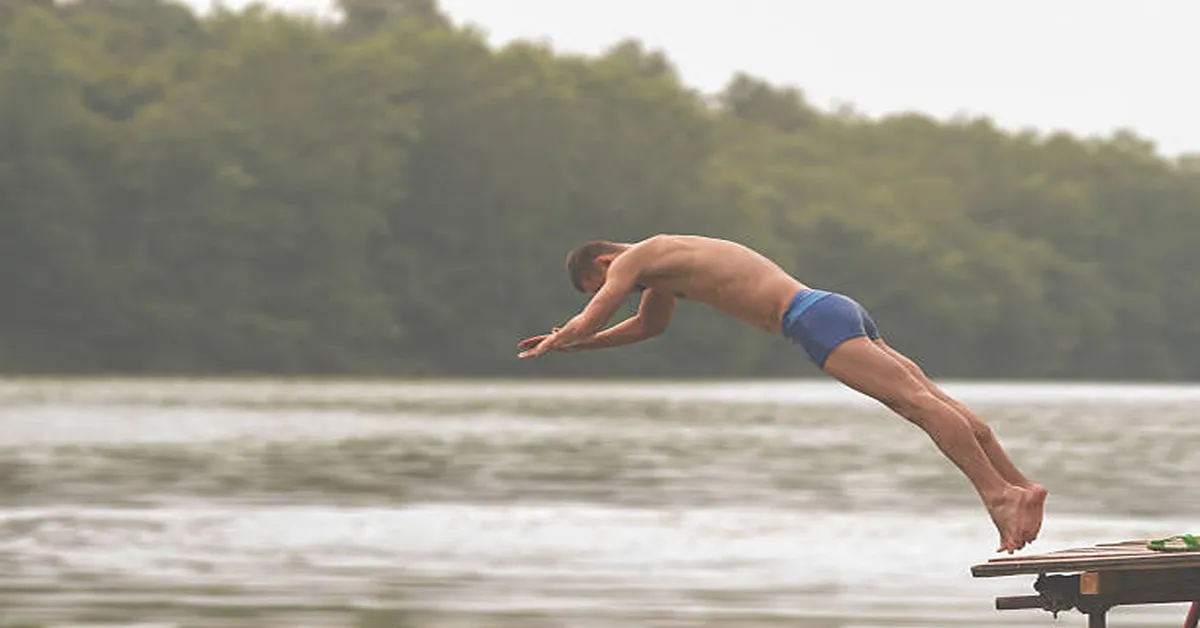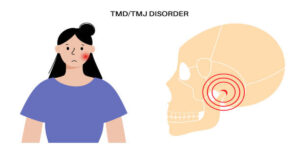In the Nordic world, Nordisk Mesterskab—literally “Nordic Championship”—is more than a competition. It’s a cultural touchstone, a gathering point for the region’s shared history, and a proving ground for athletes across multiple disciplines. The name spans decades of heritage, weaving together sports, community spirit, and the distinct unity that binds Denmark, Norway, Sweden, Finland, Iceland, and their territories. While the exact disciplines have evolved—ranging from football and handball to niche winter sports—the essence has remained: to crown a Nordic champion and strengthen cross-border ties.
In this article, we’ll explore its origins, historical milestones, sports included, organizational structure, modern adaptations, and its cultural resonance today. You’ll also find a detailed table summarizing its timeline and variations, plus answers to common questions.
Origins and Early History
The concept of Nordisk Mesterskab emerged in the early 20th century, at a time when Nordic nations sought stronger regional identity through sports. Initially, it was a way to formalize the many friendly matches already taking place between national teams. Denmark, Norway, and Sweden were the first active participants, with Finland and Iceland joining later in various sports.
In the earliest editions, travel and scheduling posed major challenges. Teams often traveled by boat, matches could span multiple months, and seasons sometimes overlapped awkwardly with domestic leagues. Yet, the novelty of having a structured Nordic championship brought excitement. Local newspapers covered these tournaments as if they were international finals, and players treated them with equal seriousness.
Evolution Across Sports
While Nordisk Mesterskab originally referred to football, the term expanded to cover other sports as governing bodies adopted the championship model. Today, the phrase can apply to:
- Football – Once the flagship event, especially in the men’s senior category, but later phased out due to crowded international calendars.
- Handball – A key discipline where Nordic teams dominate globally, making the regional tournament a showcase of top-tier talent.
- Athletics – Track and field competitions where younger athletes gain international experience.
- Ice Hockey – Particularly prominent among Sweden, Finland, and Denmark, serving as a preparation ground for the World Championships.
- Winter Sports – Nordic skiing, biathlon, and other cold-weather competitions have a natural home here.
- Equestrian & Sailing – In certain years, less mainstream sports have held Nordic-level championships under the Mesterskab banner.
A Timeline of Key Events
| Year / Period | Key Development | Notes |
|---|---|---|
| Early 1900s | Football’s first Nordisk Mesterskab matches held | Denmark, Sweden, Norway as initial participants |
| 1924–1948 | Regular football editions | Interrupted during WWII |
| 1950s | Expansion to athletics & handball | Women’s competitions introduced |
| 1970s | Ice hockey Nordic Championships gain traction | Finland’s emergence as a hockey powerhouse |
| 1990s | Decline of football edition | FIFA and UEFA fixtures overcrowd calendar |
| 2000s | Youth & junior categories expand | Greater focus on development competitions |
| 2010s | Inclusion of Paralympic sports | Reflects inclusivity goals of Nordic sports bodies |
| 2020s | Hybrid formats & streaming coverage | Wider global audience engagement |
Cultural and Political Significance
The Nordisk Mesterskab is not purely about sports—it’s a platform for cultural diplomacy. Nordic nations share historical ties, similar languages (except Finnish), and comparable welfare models, but sport reinforces these bonds in a tangible, public way. Joint hosting arrangements foster cooperation between sports federations, and athletes often become cultural ambassadors.
In smaller sports, winning a Nordisk Mesterskab can be as prestigious as a European medal. For younger athletes, it often marks their first experience competing internationally. The tournaments also encourage travel and tourism, as fans follow their teams across borders.
The Modern Shift: From Prestige to Development
The modern sports calendar is crowded, with global and continental championships often overshadowing regional competitions. In this context, many Nordisk Mesterskab events have shifted toward youth and development categories. Rather than compete for attention with major international tournaments, Nordic federations now use the event as a stepping stone, preparing emerging athletes for world-level competition.
Technological advances—such as live streaming, online statistics, and social media—have given the Mesterskab a new lease on life. While the prestige of the senior football edition may have faded, the brand retains weight in athletics, handball, and winter sports.
Organizational Structure
Unlike fully centralized competitions like the UEFA European Championship, the Nordisk Mesterskab operates under a looser framework. Individual sports federations decide the schedule, host rotation, and format. This flexibility allows each sport to adapt to its own season and competitive rhythm.
- Host Rotation – Typically, hosting duties alternate among participating nations.
- Qualification – Some sports require qualification via domestic league performance; others use invitation-based participation.
- Format – Ranges from round-robin leagues to knockout tournaments, depending on the sport and number of participants.
Challenges Facing the Competition
- Calendar Congestion – International and domestic schedules leave little room for additional tournaments.
- Funding – Without the draw of senior-level global stars, securing sponsorship can be harder.
- Media Visibility – Competing with global events means regional competitions need innovative coverage strategies.
- Generational Interest – Younger fans may be less aware of the championship’s history, requiring deliberate marketing.
Success Stories and Legendary Moments
The Nordisk Mesterskab has produced moments that linger in sporting memory:
- Football Upsets – Smaller nations sometimes top the table over favorites, sparking national celebrations.
- Handball Classics – Denmark and Norway’s women’s teams producing nail-biting finals that doubled as previews for Olympic clashes.
- Hockey Rivalries – Sweden vs. Finland matchups drawing near-capacity crowds in both nations.
- Youth Breakouts – Several athletes have used Nordisk Mesterskab performances to springboard into professional careers.
Looking Ahead: The Future of Nordisk Mesterskab
The next decade will likely see Nordisk Mesterskab embrace hybrid models—mixing physical competition with e-sports, using virtual coverage to reach fans who cannot travel, and integrating sustainability into hosting. The Nordic Council of Ministers has shown interest in supporting initiatives that combine sport with cultural exchange, potentially bringing new funding and visibility.
Another emerging idea is aligning Nordisk Mesterskab events with major cultural festivals, blending sport, music, and arts into a broader Nordic celebration.
Conclusion
The Nordisk Mesterskab is a living tradition that has adapted over a century of change. While its role has shifted from senior prestige to development focus, it remains a vital symbol of Nordic unity and sporting excellence. For athletes, it’s an invaluable stepping stone; for fans, a reminder of the region’s shared identity.
ALSO READ: Beret: A Complete Guide to History, Style, and Cultural Influence
FAQs
1. What does “Nordisk Mesterskab” mean?
It means “Nordic Championship” in Danish and Norwegian, referring to a sports competition among Nordic nations.
2. Which countries participate?
Typically Denmark, Norway, Sweden, Finland, and Iceland, with occasional participation from the Faroe Islands and Greenland.
3. Is it still held in football?
Not at senior level; it’s now more common in youth categories due to international calendar congestion.
4. What sports are included?
A wide range—football, handball, athletics, ice hockey, winter sports, and occasionally sailing or equestrian events.
5. Why is it important culturally?
It reinforces Nordic unity, provides a platform for emerging athletes, and fosters cross-border cultural exchange.









